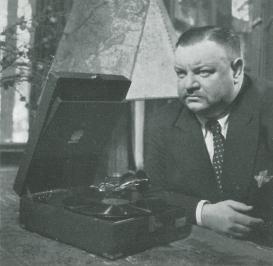The role of media—and especially of the phonograph and gramophone—in storing and disseminating literary recitation and reading aloud from 1889 onward may have been revolutionary from a technical point of view, but it is marginal when considered in the broader context of literary life during the period up to the mid-1920s. Such technologies did not experience their heyday until after 1950—in fact, in many respects only during the last forty years, once radio and LP records were joined by successive new media such as cassettes, audio CDs, and the Internet. It would be an anachronism to project this massive presence of mediatized literary declamation back onto the genre’s historical beginnings. Well into the 1920s, sound recordings of poets’ voices remained no more than an acoustic footnote to literary life, missed by most readers. What counted in contemporary debates were the print media, and complementing them the live performances of authors and reciters on a scale that can hardly be imagined today. The little material that was captured by means of the phonograph and gramophone, in most cases purely by chance, constituted a cabinet of curiosities. No one quite knew what to do with it, and it was neither consulted in repeated rounds of listening nor reproduced for further distribution. It was only in the 1920s that the Russian formalists developed a methodology for research on these documents in the context of their theory of literary declamation.

Heinrich George listens to his own recorded voice
Project
(2016-2017)
